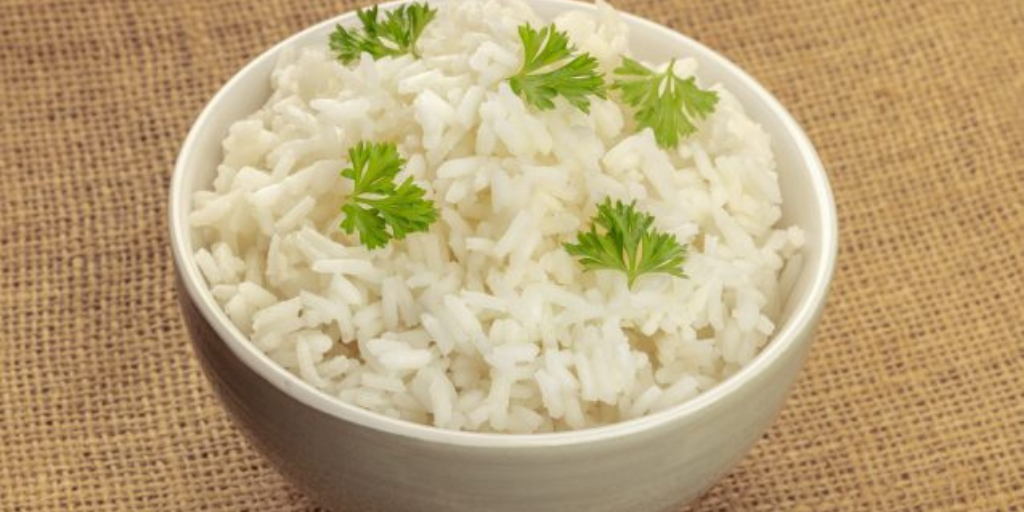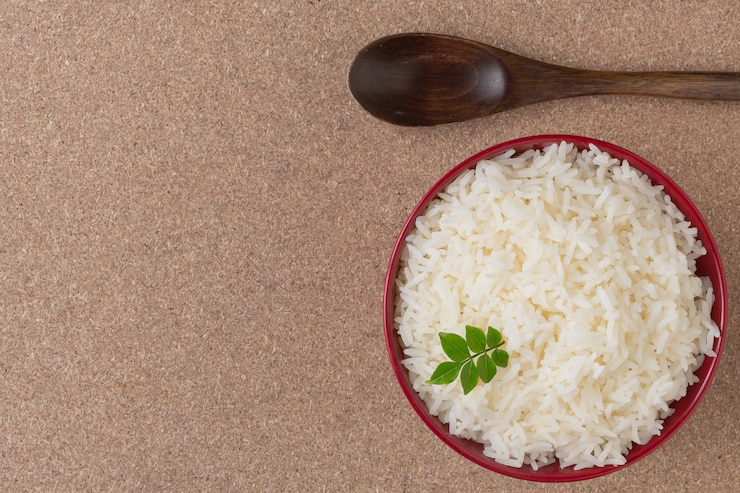Jasmine Rice Nutrition Facts
Rice is a popular nutritional source in over 100 nations, where it is eaten with a range of delectable cuisines. Jasmine rice, also known as Thai fragrant rice, is a fragrant “long-grain” rice, with each grain measuring roughly four times its width. Jasmine rice is available in a range of hues. White jasmine rice, in particular, is heavily processed and resembles white Rice nutritionally more than brown jasmine rice. There are three types of jasmine rice: black, purple, and red, each with slightly distinct nutritional profiles.

